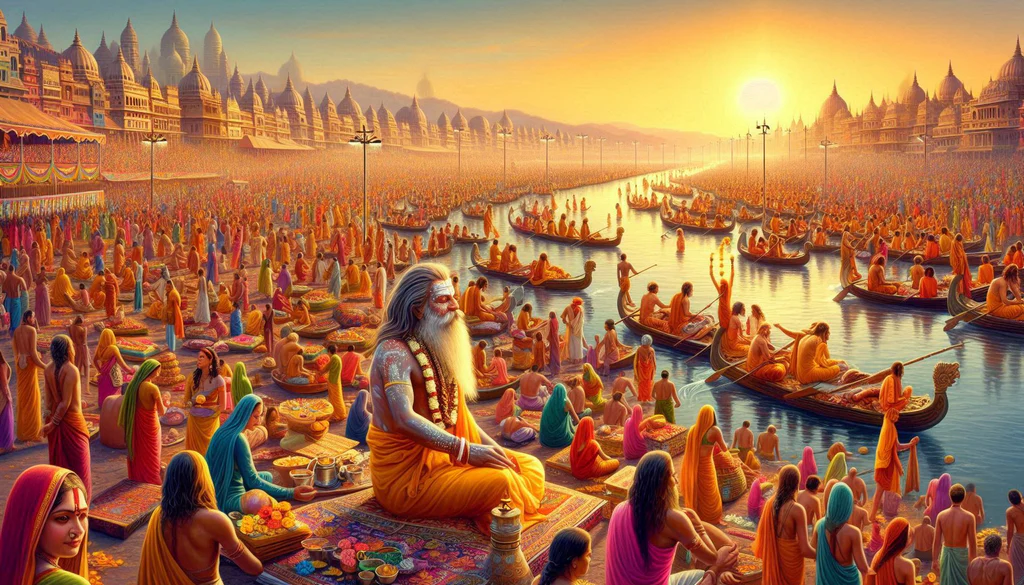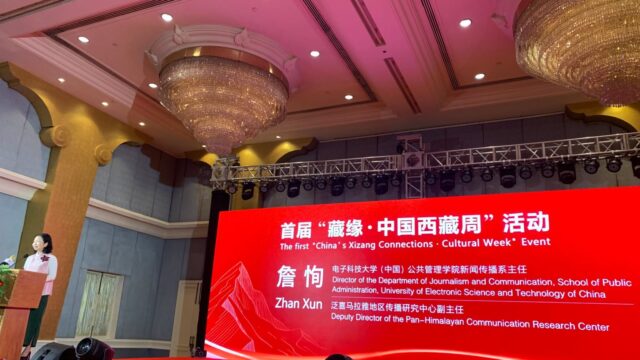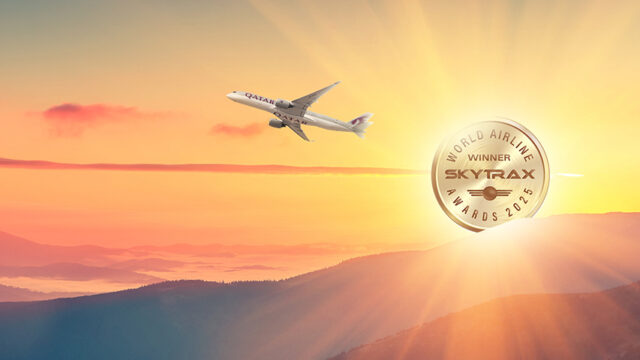The world-renowned Maha Kumbh Mela is currently taking place in Prayagraj, India, at the confluence of the sacred rivers Ganges, Yamuna, and the mythical Saraswati. This grand religious event, held every 12 years, began on January 14, 2025, and is expected to draw an unprecedented 450 million pilgrims over its 45-day duration, according to the Uttar Pradesh Department of Tourism.
On the first day alone, over 10 million devotees took a holy dip at the sacred confluence, a ritual believed to cleanse the soul and absolve sins. Thousands of pilgrims from India, Nepal, and other countries have gathered to participate in this spiritual celebration.
To accommodate the massive influx of visitors, organizers have made elaborate arrangements. More than 100,000 temporary tents have been set up along the banks of the rivers, illuminated by bright lights that add to the fair’s beauty. Health camps and temporary hospitals with 6,000 beds have been established, supported by road and air ambulances for emergencies.
High-tech security measures have also been implemented, including the deployment of 25,000 security personnel, over 25,000 CCTV cameras, and special cyber security teams to ensure the safety of the pilgrims. Transportation to the fair has been streamlined with 7,000 buses, 550 shuttle buses, 13,000 rickshaws, and dedicated trains. Helicopter rides offer a bird’s-eye view of the mela, adding a unique experience for attendees.
Maha Kumbh Mela traces its roots to ancient Hindu mythology. It is believed that during the churning of the ocean, a few drops of nectar fell at four locations Prayagraj, Ujjain, Nashik, and Haridwar where the Kumbh Mela is now held in rotation. The first Kumbh Mela is said to have been organized during the Satyayuga by Shankaracharya, making it a tradition thousands of years old.
Special royal baths on auspicious days such as Shri Panchami, Shivaratri, and Purnima are among the highlights of the fair. These rituals, however, may cause temporary inconveniences for general devotees. To address this, multiple bathing sites and ample motorboats have been made available to ensure accessibility.
This year’s Maha Kumbh Mela is a remarkable blend of spirituality and modern technology. Digital land allotments, immersive virtual reality experiences, and AI-powered public awareness campaigns have been integrated to enhance the experience. The Uttar Pradesh government has actively utilized digital platforms like Facebook, X, and Instagram to promote the event, while mobile cyber teams ensure smooth communication.
Tourism officials and local associations are optimistic about the event’s impact on religious tourism. Director General of Uttar Pradesh Tourism, Isha Priya, emphasized the fair’s role in promoting cross-border religious tourism, especially with significant participation from Nepali pilgrims. The Agra Travel Agents Association noted that the event has set historical records and is expected to boost regional tourism.
The Maha Kumbh Mela 2025 stands as a testament to the enduring power of tradition while embracing innovation to create an extraordinary spiritual and cultural experience.






